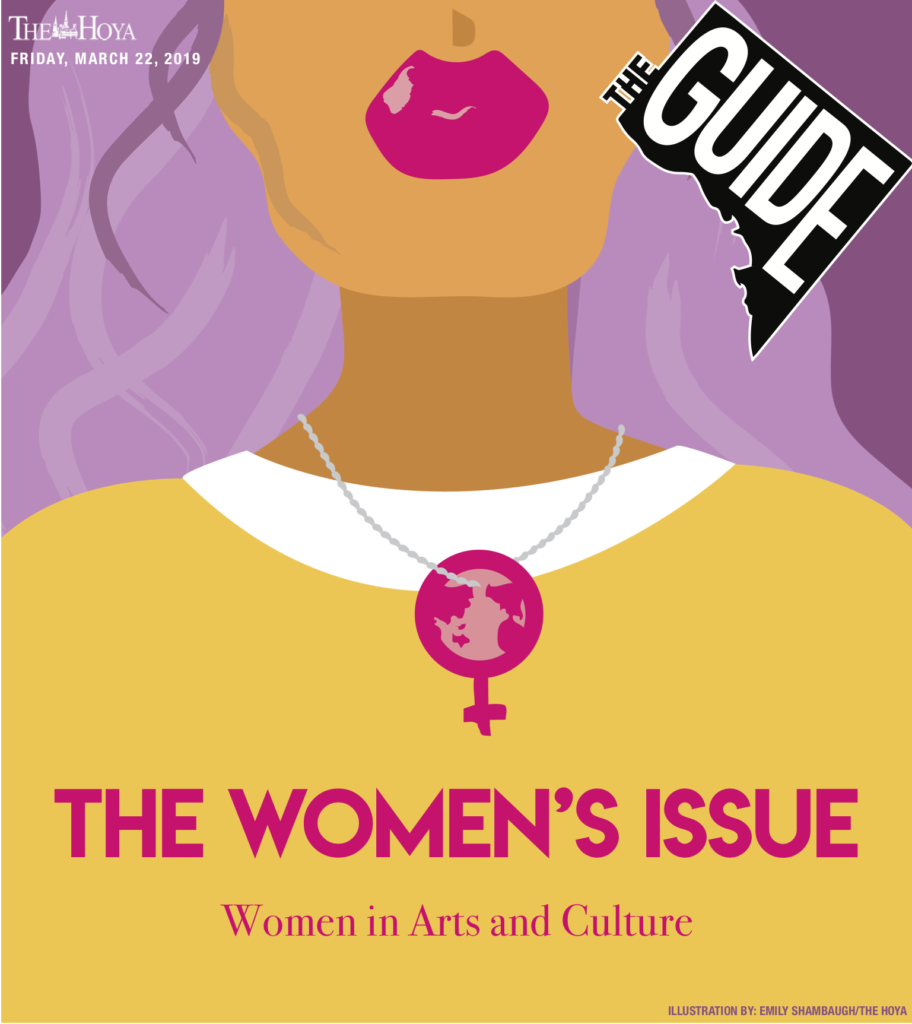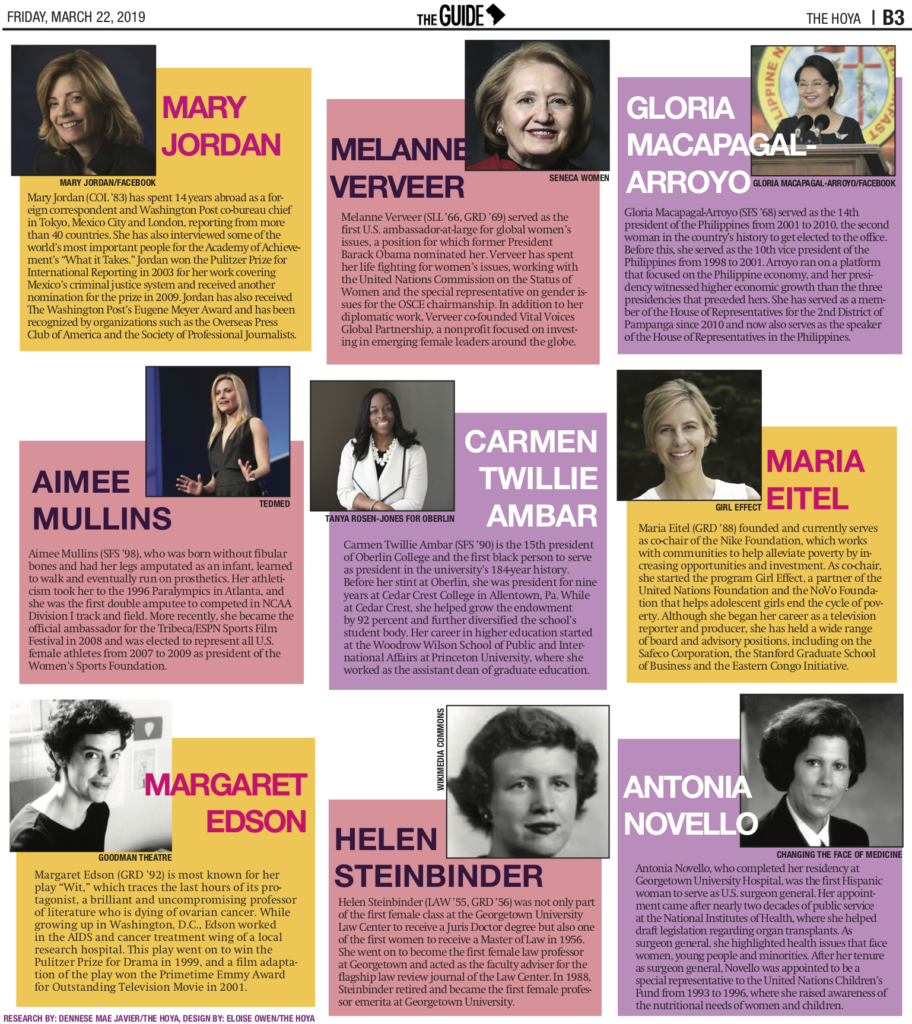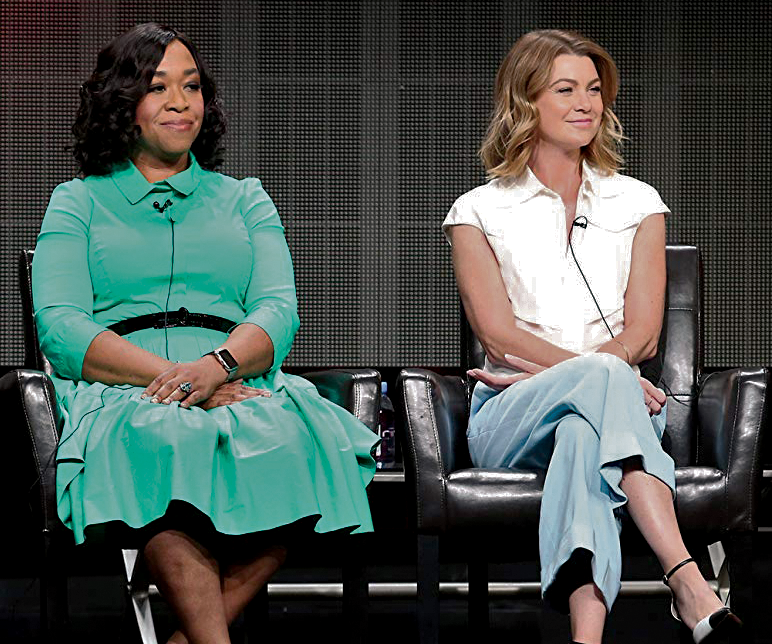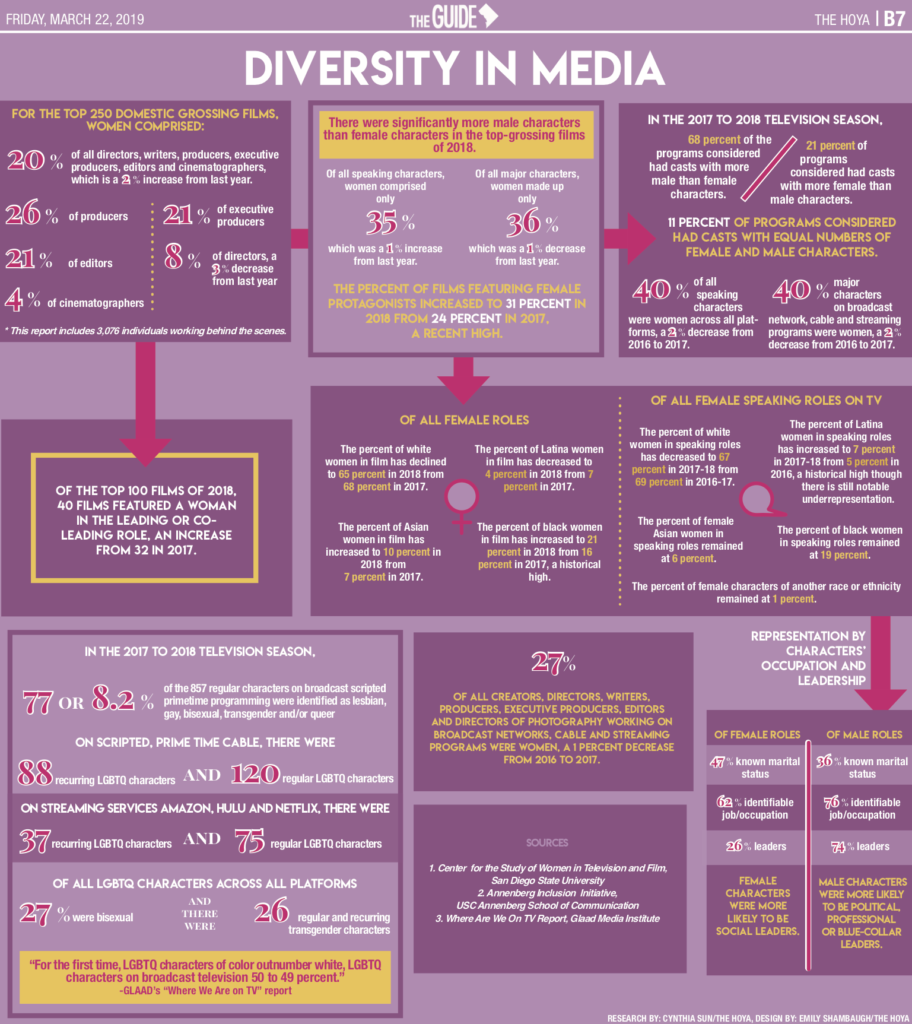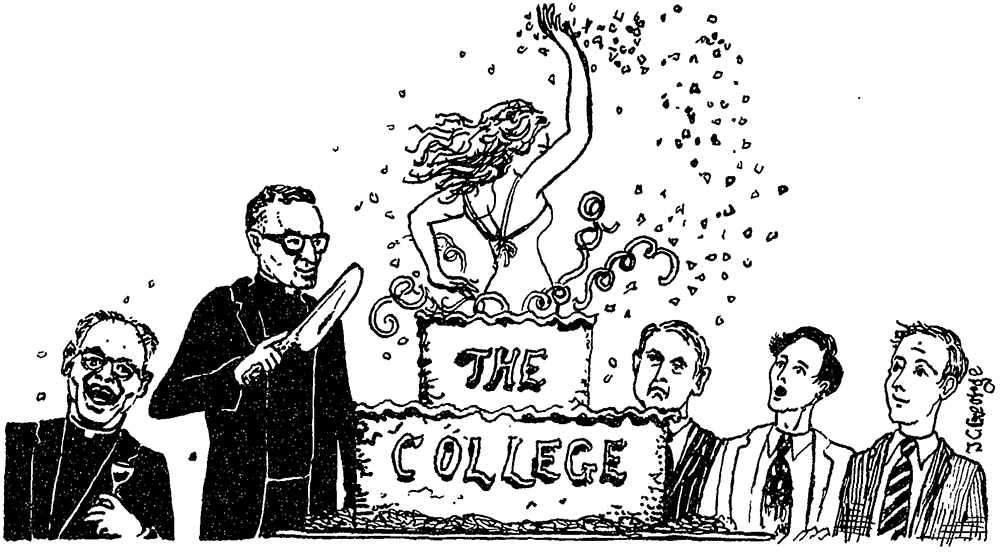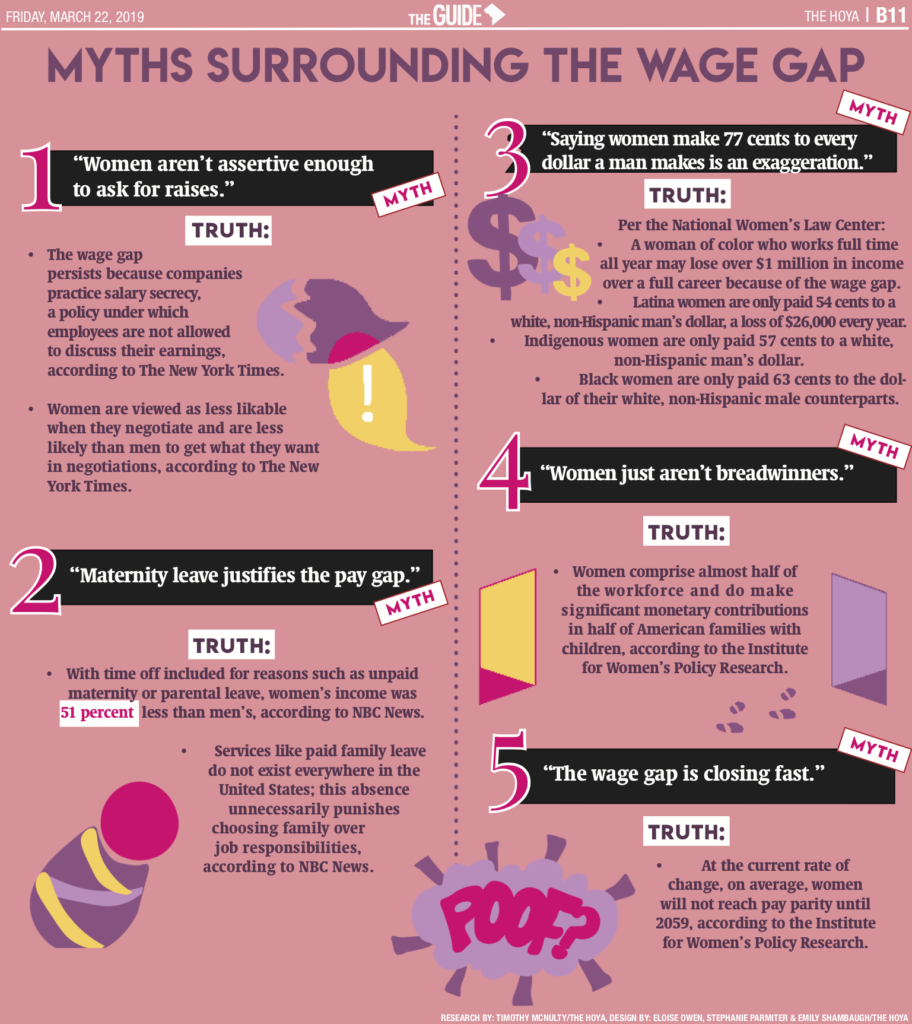
When “Iron Man” hit theaters in 2008, it opened up the floodgates for the development of the Marvel cinematic universe. Since then, a steady stream of semi-annual, male-dominated superhero films granted the MCU its popularity and cultural relevance. But it was not until 20 films and 11 years later that Marvel Studios released its first superhero movie starring a female lead: “Captain Marvel.”
In some ways, “Captain Marvel” is a paragon of female empowerment in the film industry: It performed well at the box office as Marvel’s 13th best-selling film and hearkens back to the 2017 triumph that was “Wonder Woman.”
Despite this advancement, backlash against “Captain Marvel” and lead actress Brie Larson has illuminated the harsh reality that men and women are still not treated equally in media. Branded a “man-hater” for her comments regarding representation in Hollywood, Larson was the subject of a flurry of internet criticism, with some opposition even calling for a boycott of the film on the basis that the lead is not a white man.
Women still seem to have a long way to go in gaining equal status and representation in the film industry, despite Larson’s “Captain Marvel” attracting immense commercial success.
C. Nicole Mason, a professor of women’s and gender studies at Georgetown, praised “Captain Marvel” as a step in the right direction but questioned the genuine long-term progress the industry has achieved in an interview with The Hoya.
“Captain Marvel has been really spectacular in terms of performance at the box office and having a woman lead in a movie, and I think that’s amazing,” Mason said. “But when we think, a couple years ago it was ‘Wonder Woman’ … my question is: How many blockbusters will there have to be for us to not think of this as an anomaly?”
Mason looks forward to a time when audiences will appreciate women as leads and value centering stories around women’s experiences, she said.
However, the question of what these stories look like also merits attention according to African American studies professor LaMonda Horton-Stallings. She highlighted the danger of creators trying to offer an ideal representation in an interview with The Hoya, explaining that such notions of a “good” representative have been especially limiting for black women. Rather than ideals, creators and audiences should seek out diversity in their representation, according to Horton-Stallings.
“What I would like to see is black artists being able to have their various visions recognized as being important and significant, but we often only get one version of blackness,” Horton-Stallings said.
The entrenched institutions that make up the film and television industries are often slow to change, Horton-Stallings said.
“I think it has been a mixed bag because we don’t control networks or the modes of distribution either in TV or film, and that’s part of the issue of seeing different representations, too,” Horton-Stallings said. “Even if you have people who write stories or make films that could give us different representations, whether studios or networks take chances on them often depends on if the right people are in the rooms to greenlight stuff.”
Mason echoed this sentiment, identifying institutional flaws as a hindrance to women’s success in the media. Sexism at every level of the production process limits exposure to a variety of women’s stories and perspectives, according to Mason.
“Even thinking about when we think about #MeToo and Time’s Up, and thinking about the ways in which the lack of women executives and women in power in television and media has enabled bad behavior by male executive,” Mason said. “What I’m hoping for now is that there’s a shift where, you know, women don’t feel like they have to compromise themselves in order to get a seat at the table and get a role.”
When it comes to trying to measure the progress made for female representation, awards season is often viewed as an illustration of the industry’s success in employing and representing women.
While specific gendered categories in awards shows like the Oscars, Emmys and SAG Awards have helped to avoid disparities in the number of awards given to male and female actors, gender disparity in visual media has manifested for these award shows in other ways.
This year’s Oscars saw women make up only 25 percent of the total nominees in non-acting awards, according to a study by the Women’s Media Center.
Among best picture winners from 1991 to 2016, the proportion of words spoken by female characters with more than 100 words total as compared to the proportion of words spoken by their male counterparts was greater in only one instance – 2003’s “Chicago.”
Formal recognition through awards, though, should not be seen as the be-all and end-all. There is a lot of hope for the future of female equality and visibility in film and television, Horton-Stalling said.
“In terms of representation, what we’ve seen is that awards don’t have as big of an impact as, say, having somebody in a studio, directing a studio, or head of studio,” Horton-Stallings said. “Those aren’t awards, but those are things that can make a change in the long run.”













